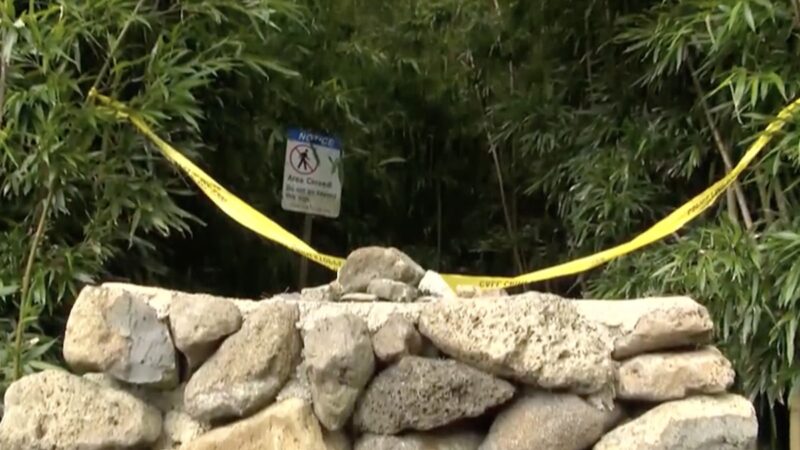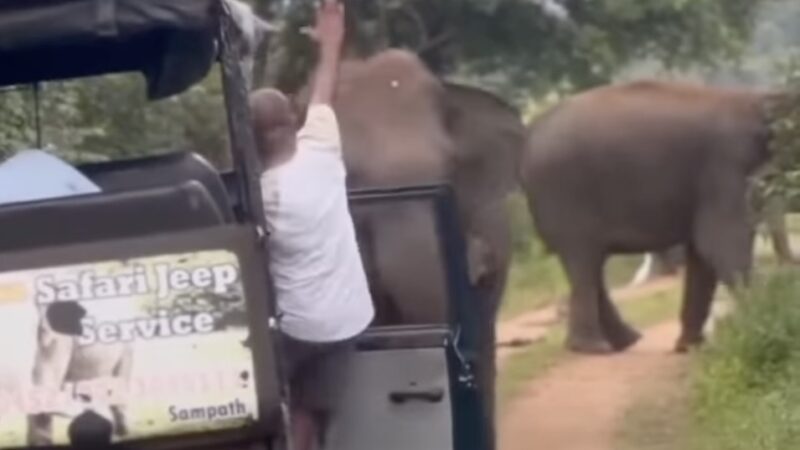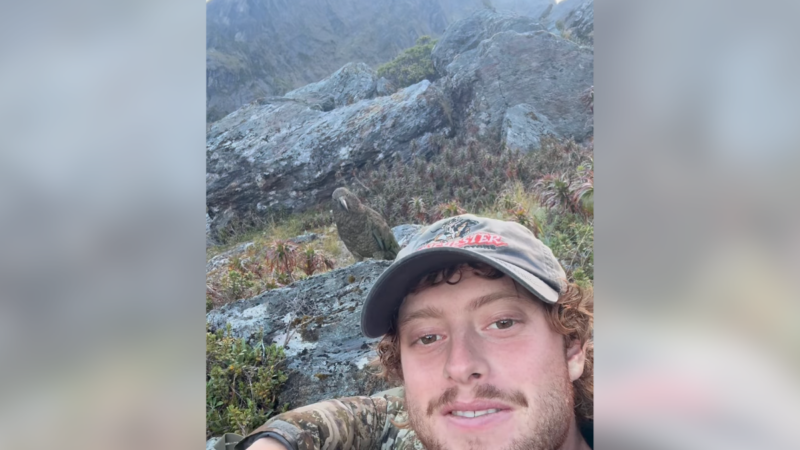Is the Jungle Ultra the Toughest Endurance Challenge In the World?
The Jungle Ultra is a 230-km (143-mile) self-sufficient foot race through the Manu National Park in the Amazon Rainforest. Organized by adventure company Beyond the Ultimate, it starts at altitude and spans five stages over five days, finishing in the Amazon Basin in southwest Peru.
Videos by Outdoors
Covering a grueling mix of terrain, competitors make their way through jungle, rivers, and roads until crossing the finish line. In 2023, only six people completed the race. Spencer Matthews and his friend, John Belton, finished third and second respectively. The pair discussed the life-changing experience on an episode of Spencer’s podcast, Big Fish.
Could this be the ultimate and toughest test for the human body? It just may be.
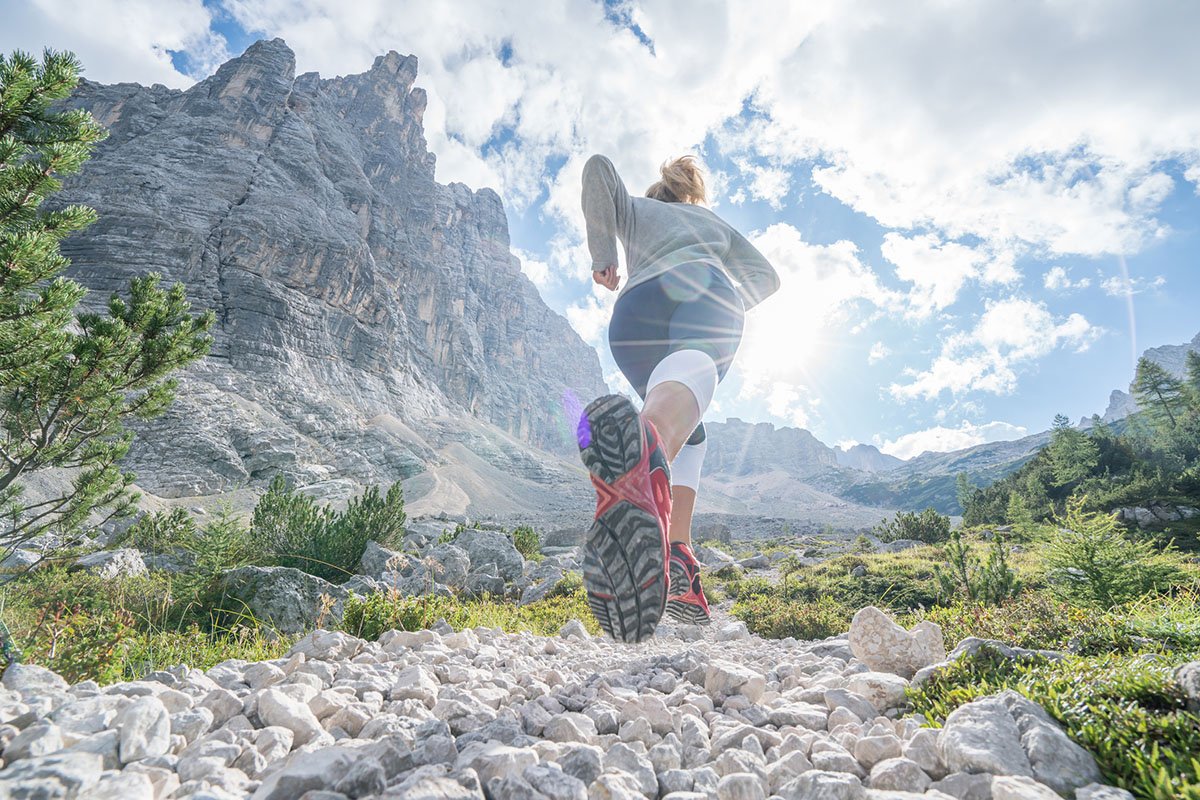
A self-sufficient foot race means that competitors must carry all essentials with them along the way. This includes food for every stage of the race, a hammock for sleeping in at night, and a medical kit.
However, the more weight you carry, the more difficult the race becomes. Considering the remoteness of the Amazon jungle, additional supplies are impossible to obtain. There are regular checkpoints at each stage with medical staff, water, and health checks, but if you misjudge the amount of food or other items you need to bring, it could mean the end of your race. The conditions of the race mean calories are burned off at an even quicker rate, making planning the correct amount of sustenance especially tricky.
John Belton, who finished this year’s race in second place, noticed other competitors going the extra mile to keep their rucksacks as light as possible. “I saw people cutting their sleeping bags in half or shaving down their toothbrush to half its size to preserve weight,” he says.
‘The Jungle Is a Crazy Old Place’
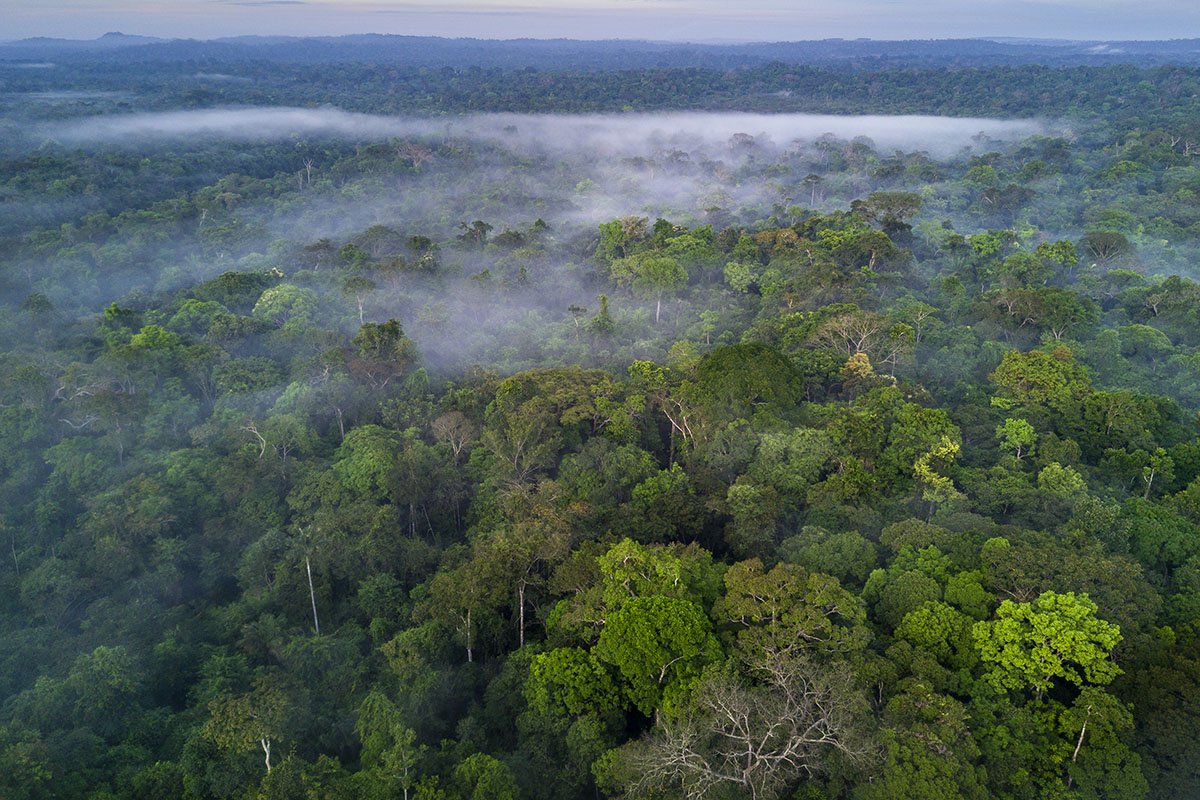
Inside the jungle, the humidity can be almost unbearable. With a canopy of trees trapping in the air’s moisture, many competitors describe the jungle as feeling like a sauna.
At night, Spencer and John remember the jungle being a feast for the senses, especially at night with all the noise from various insects and other wildlife. “The jungle is a crazy old place . . . It was hard to sleep,” John says.
The Five Stages of the Race
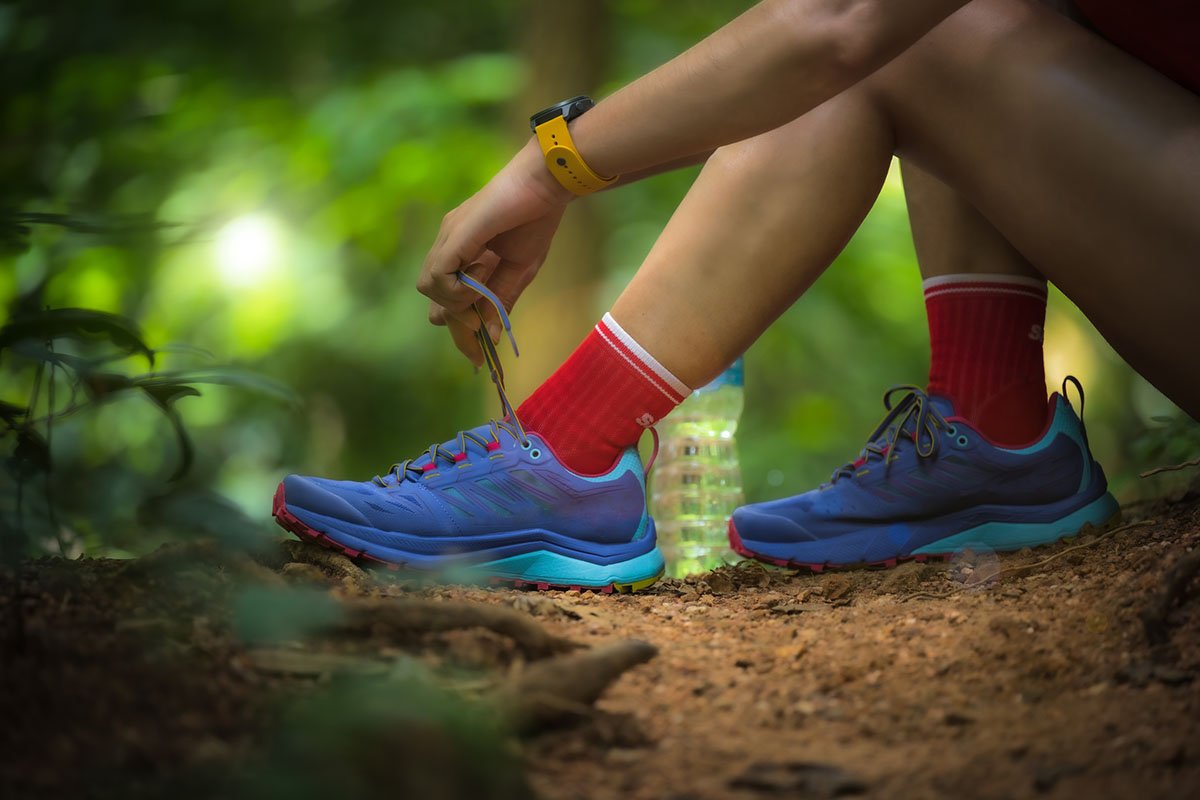
Breaking each day down into smaller sections can help with the mental challenge of the race—at least to a degree. Here’s what each stage of this race entails:
Day One: 34 km (21 miles)
Starting at a maximum altitude of 2,740 meters (9,000 feet), the air will feel thin. You’ll head down a weaving mountain trail, leading down to the camp for the night.
Day Two: 42 km (26 miles)
Equaling the distance of a full marathon, the second day explores a mix of jungle terrains with sharp climbs and endless river crossings.
Day 3: 25 km (15.5 miles)
Starting with a zip-wire crossing over a white-water river, this adventurous part of the course is full of jungle fun. Explore under the canopy and finish the day at a village camp, where you can meet locals and rest.
Day 4: 28 km or 34 km (17.4 or 21 miles)
Some say this is the most challenging day, being so near, yet so far. With plenty of ascents and descents, there’s a shorter route or longer route to choose from, depending on when you reach the third checkpoint.
Day 5: 50 km or 75 km (31 or 46.6 miles)
The last day of the race is by far the longest in terms of distance, and your body will be feeling the miles. It features a mix of all the terrains experienced thus far. You’ll run through villages, along long road sections, into the jungle, and over water crossings.
Eventually, you will complete the race in the main square of Pilcopata, where locals will cheer you across the line.
Mental Resilience vs. Being Prepared

Spencer, who has completed several endurance events, described the race as “a roulette wheel of different challenging environments”. His favorite sections were in the jungle, which he found had less impact on his body.
“Weighing around 88 kg (194 lbs) meant the road sections were not my friend,” said Spencer. He experienced a foot injury, which caused him excruciating pain towards the end, but he just kept going. “The toughest part of the race was getting to the finish line and the last 3 km (2 miles). I had zero left in the tank,” he added.
John remembers seeing how much it meant to the small town and local community as he crossed the finish line. “I remember singing ‘Olé, Olé, Olé’ along with some kids on the final stretch,” he said.
A great adventure and a true test of what the human body can do, the Jungle Ultra is a mental test as much as a physical one. Even with meticulous preparation and excellent fitness, the race is an extreme challenge for even the toughest competitors.
Source: https://outdoors.com/is-the-jungle-ultra-the-toughest-endurance-challenge-in-the-world/


